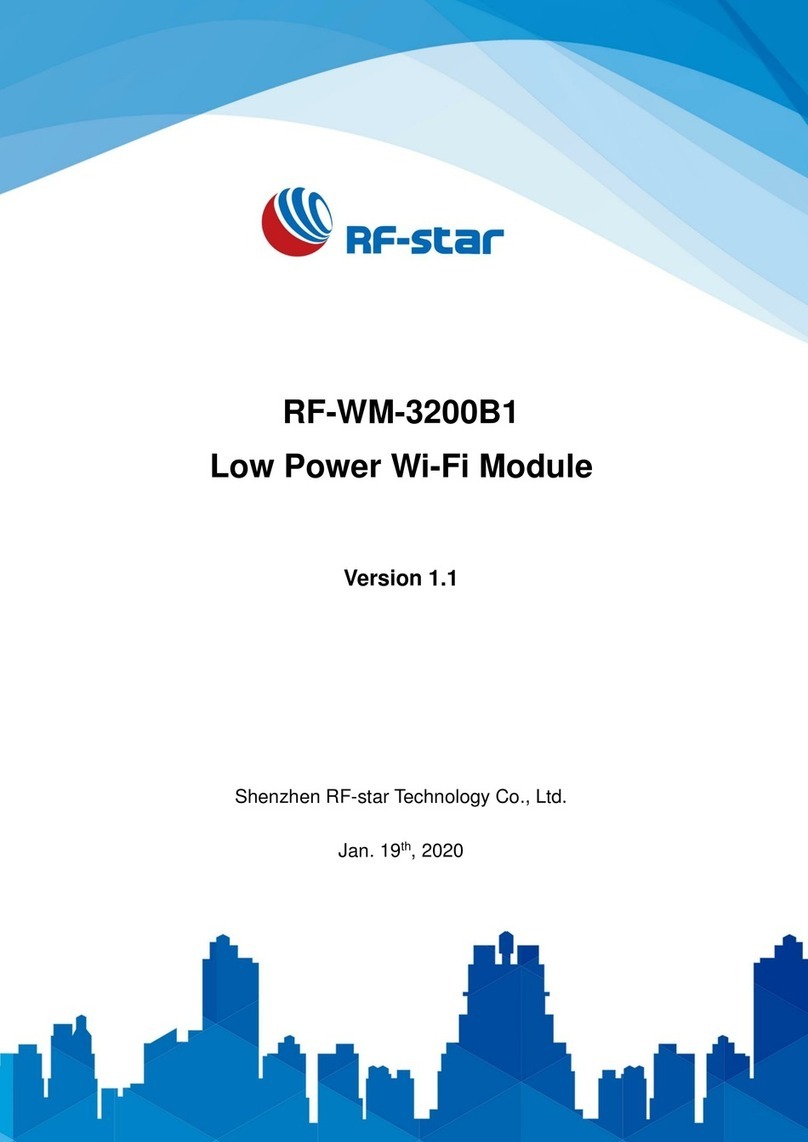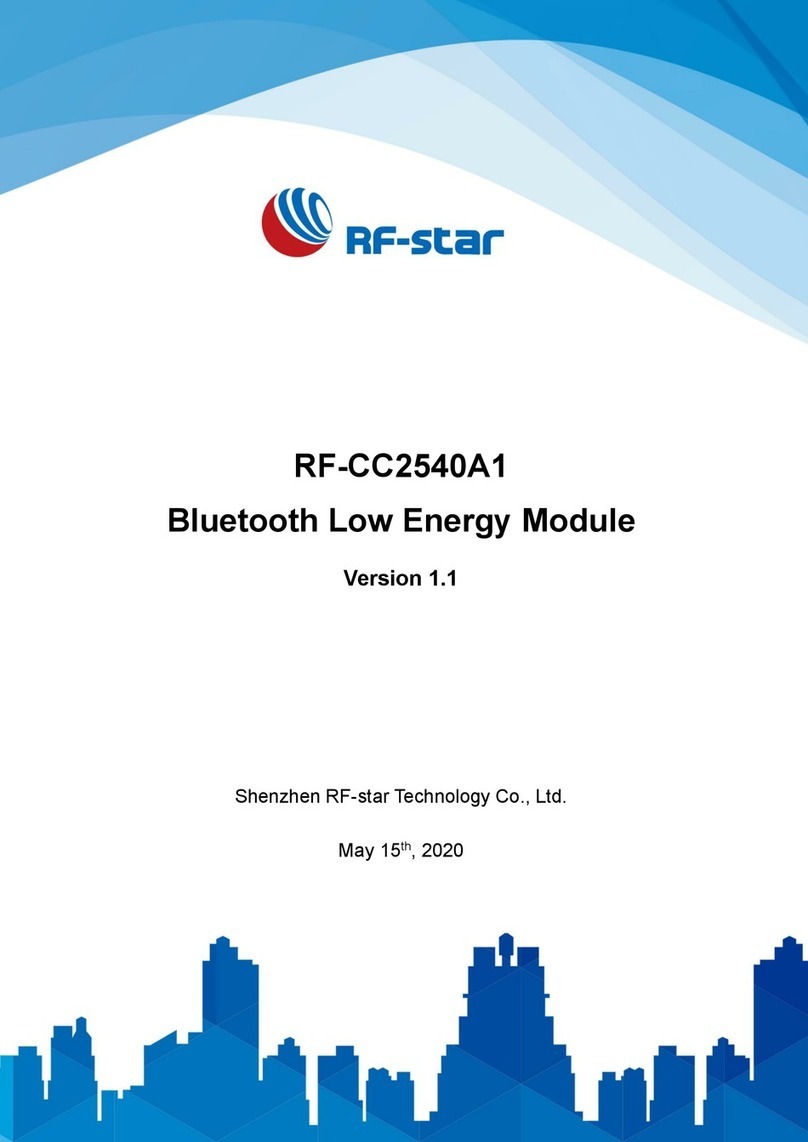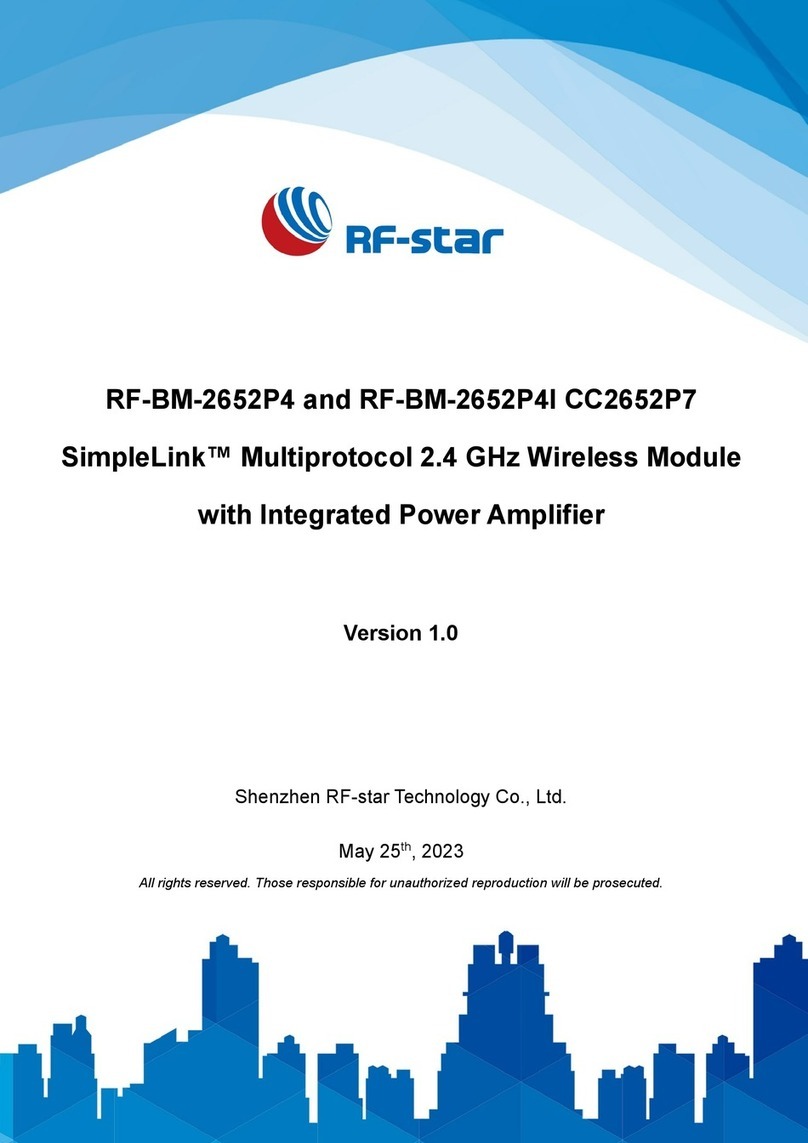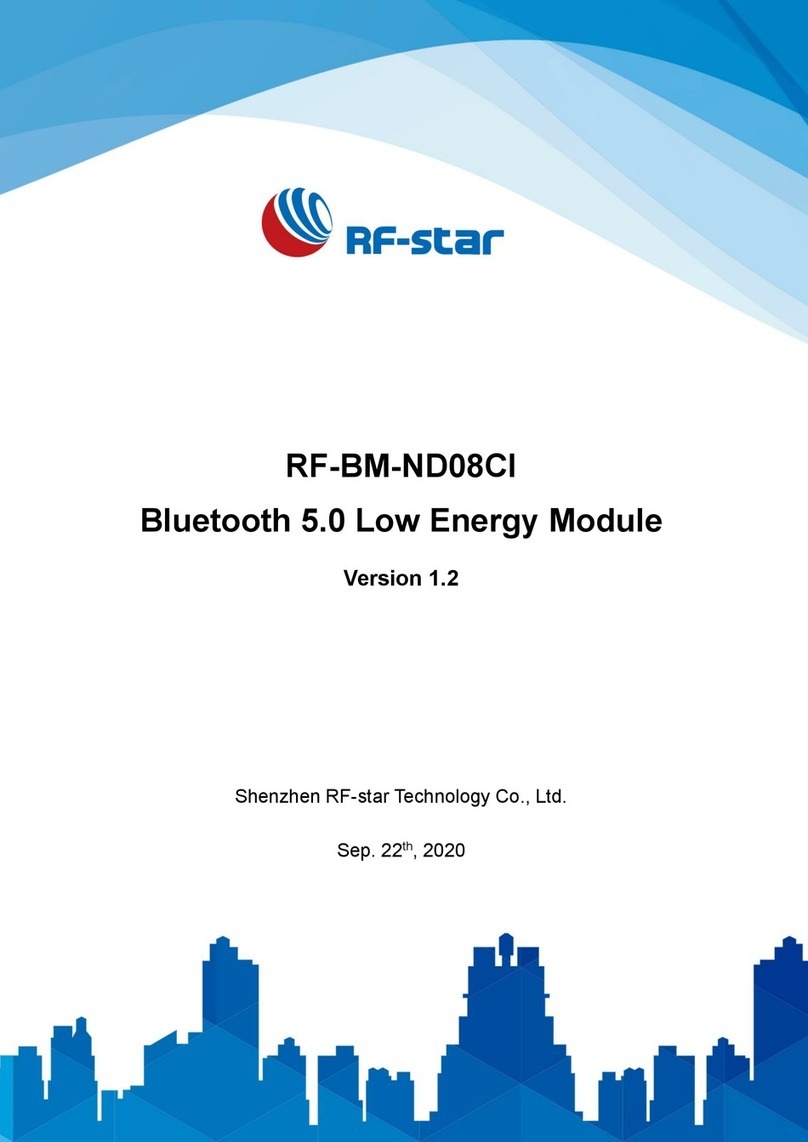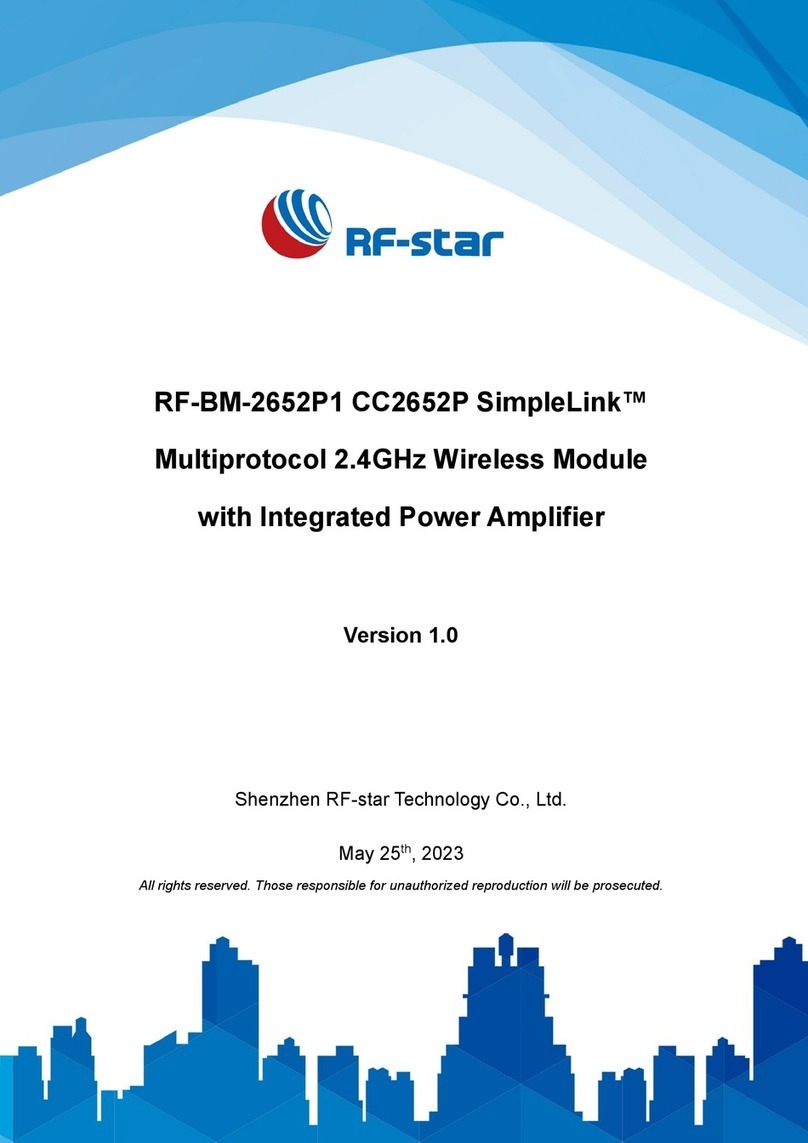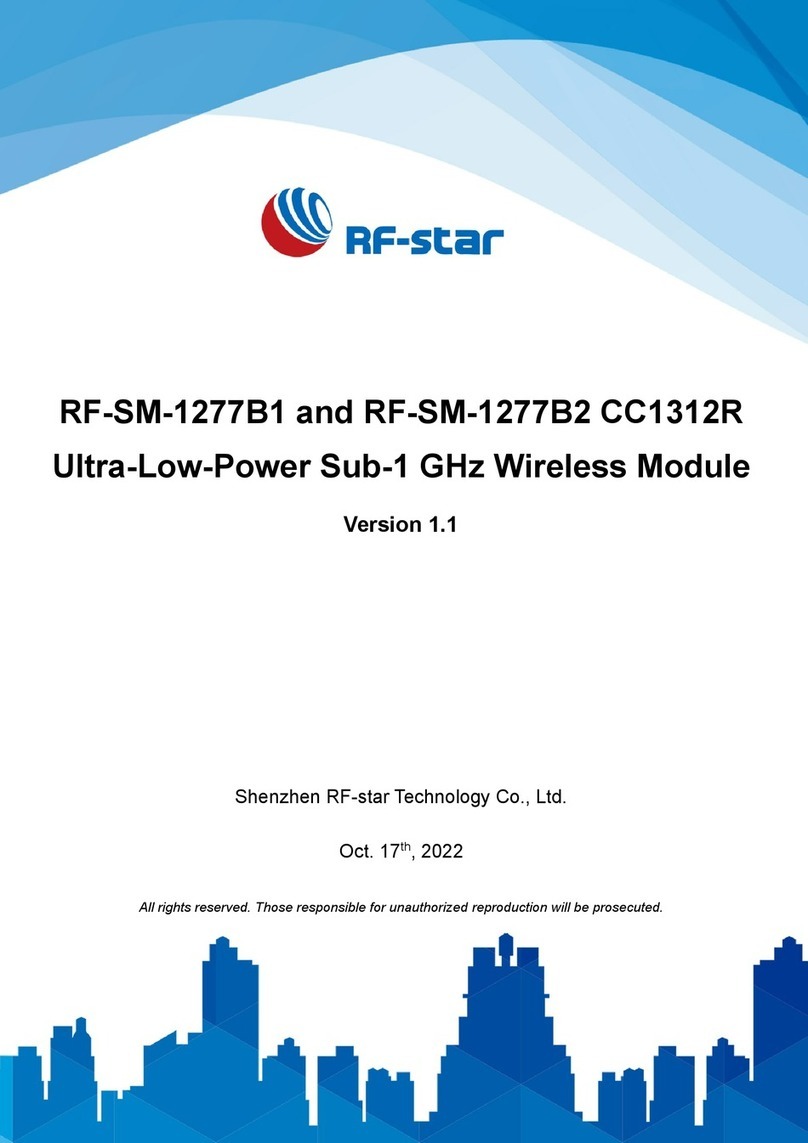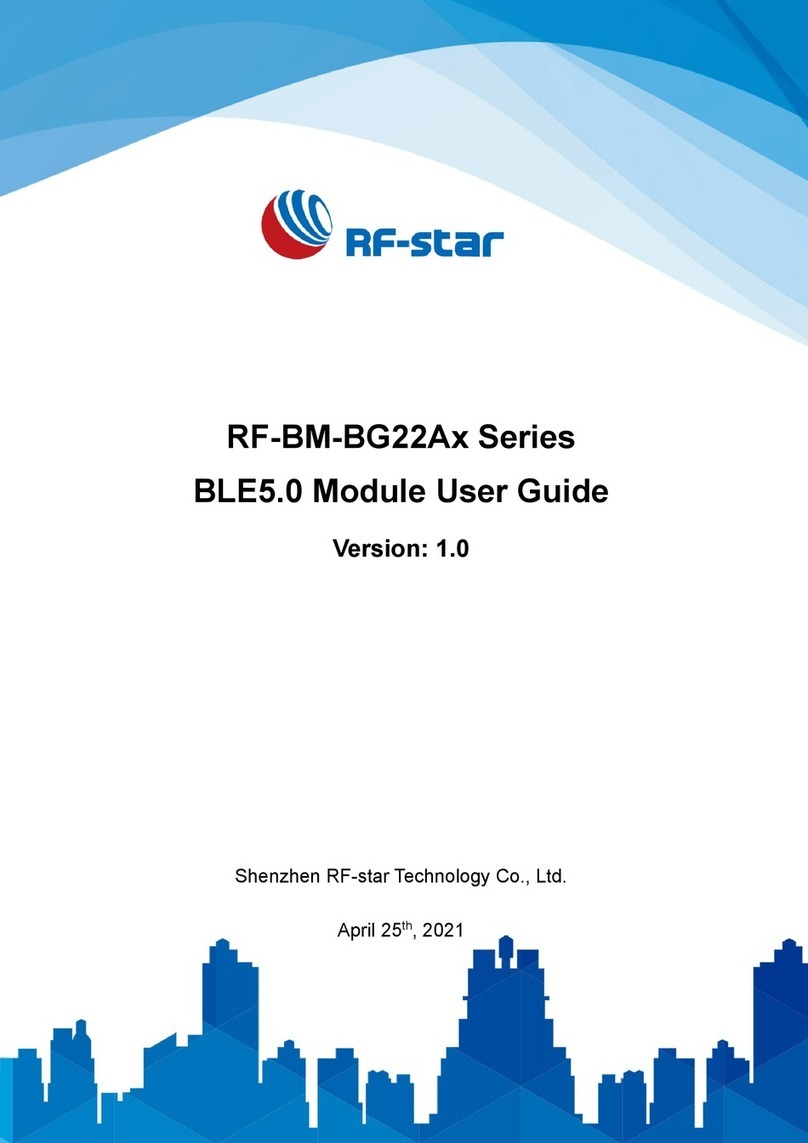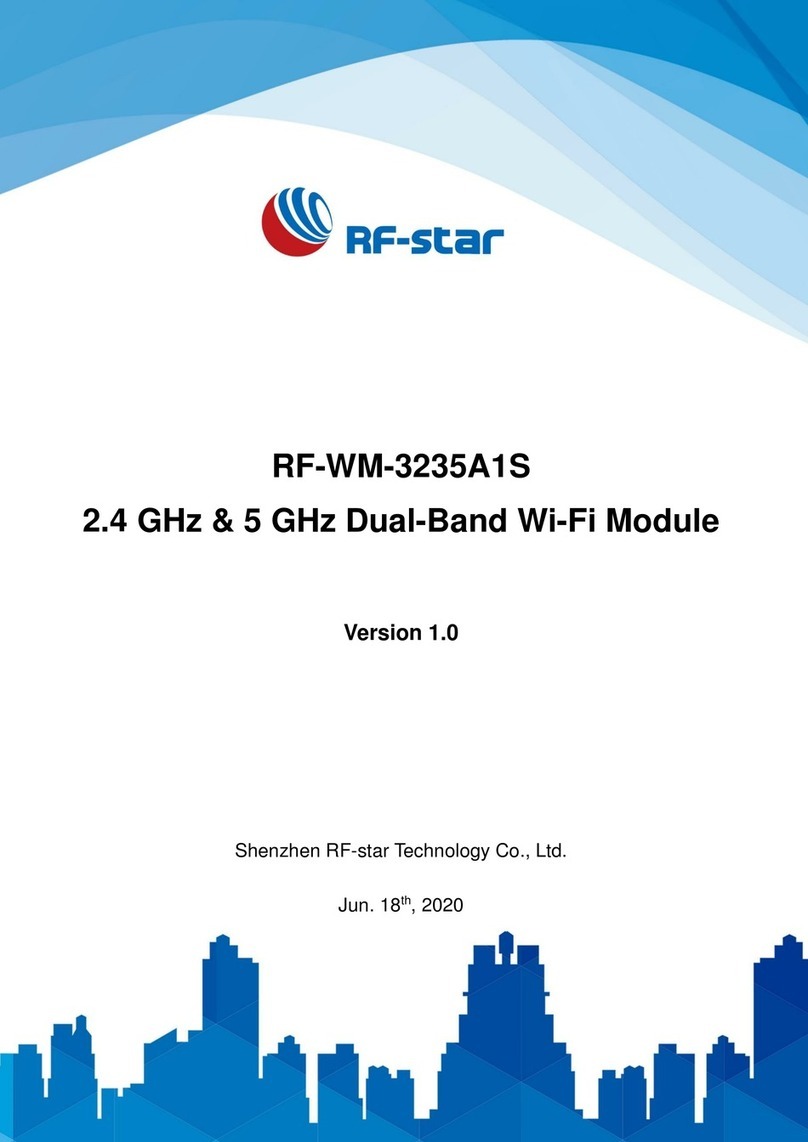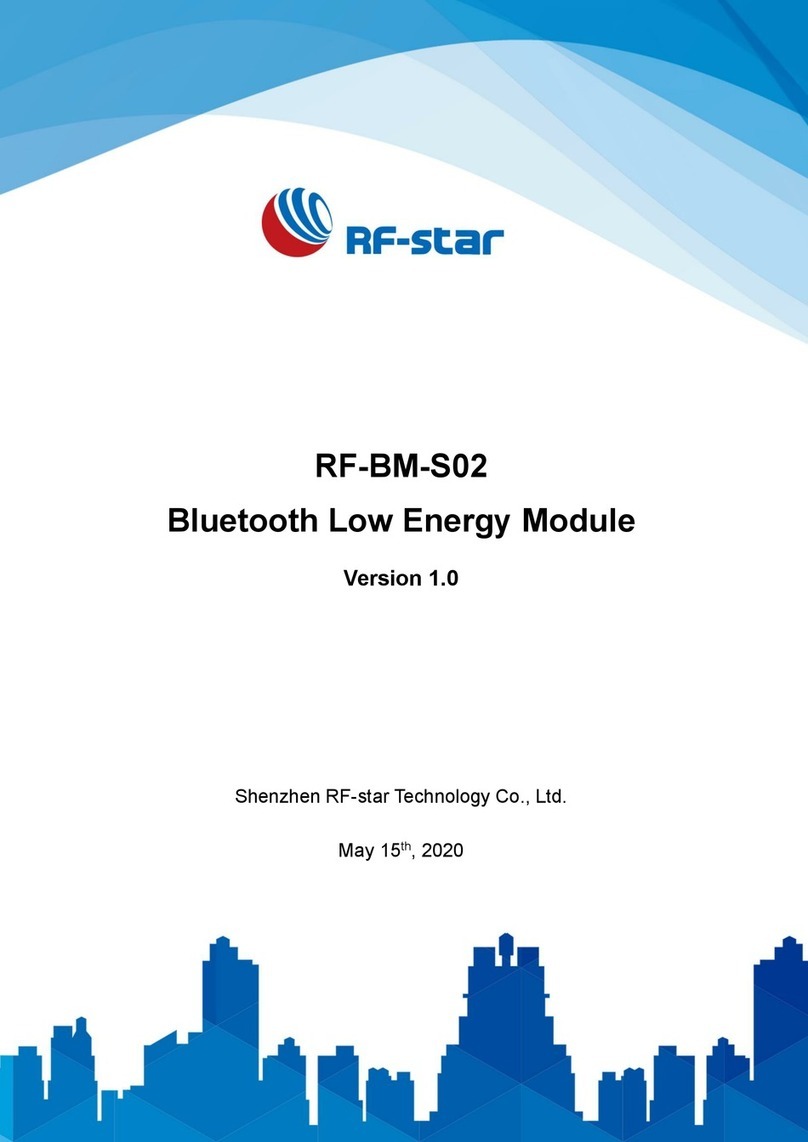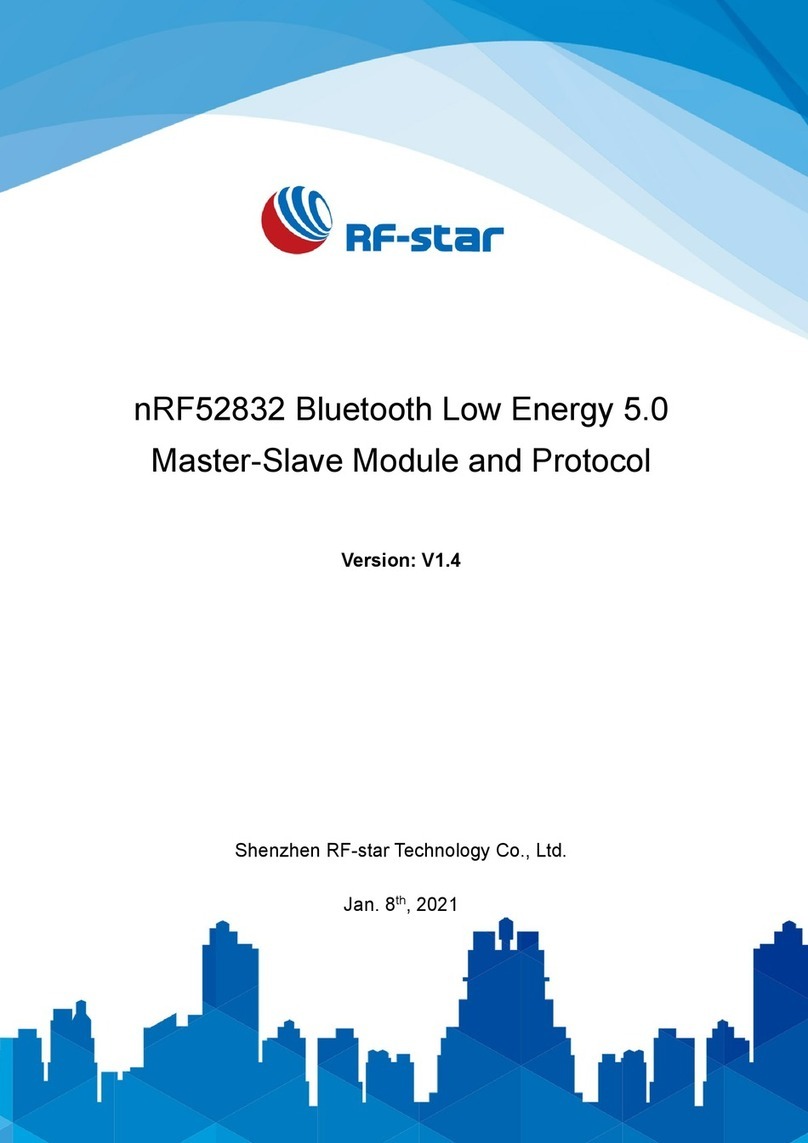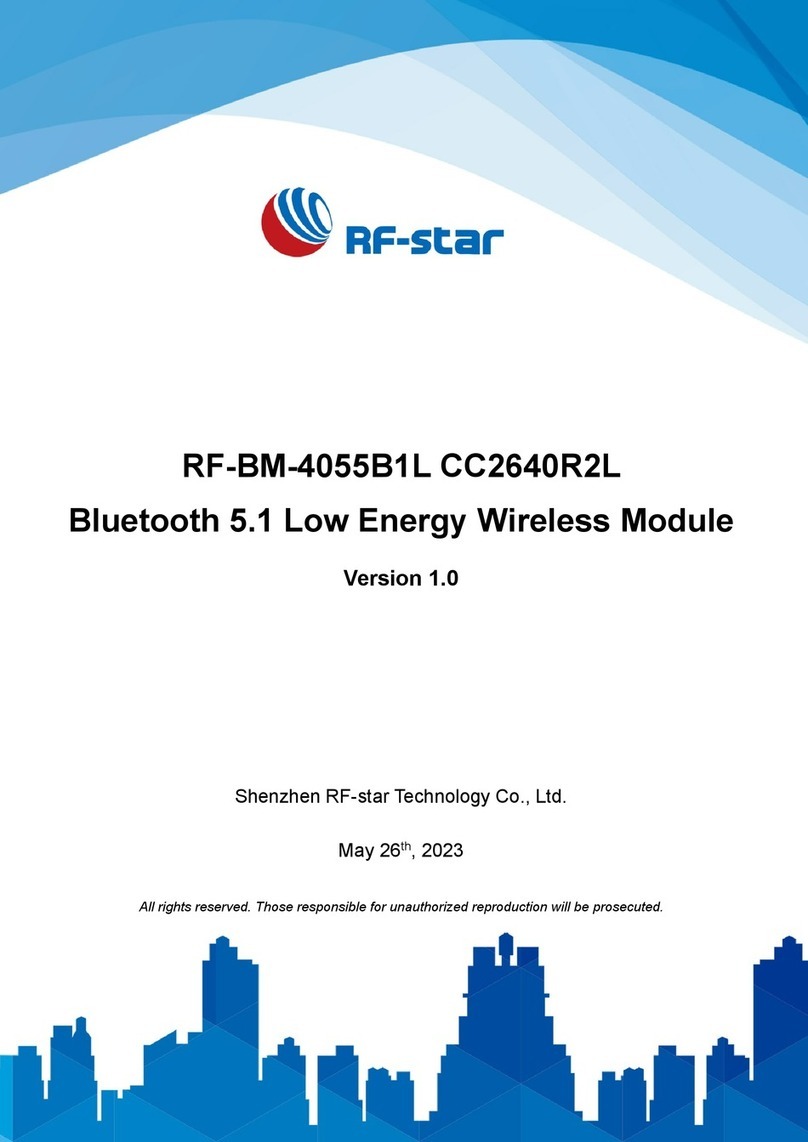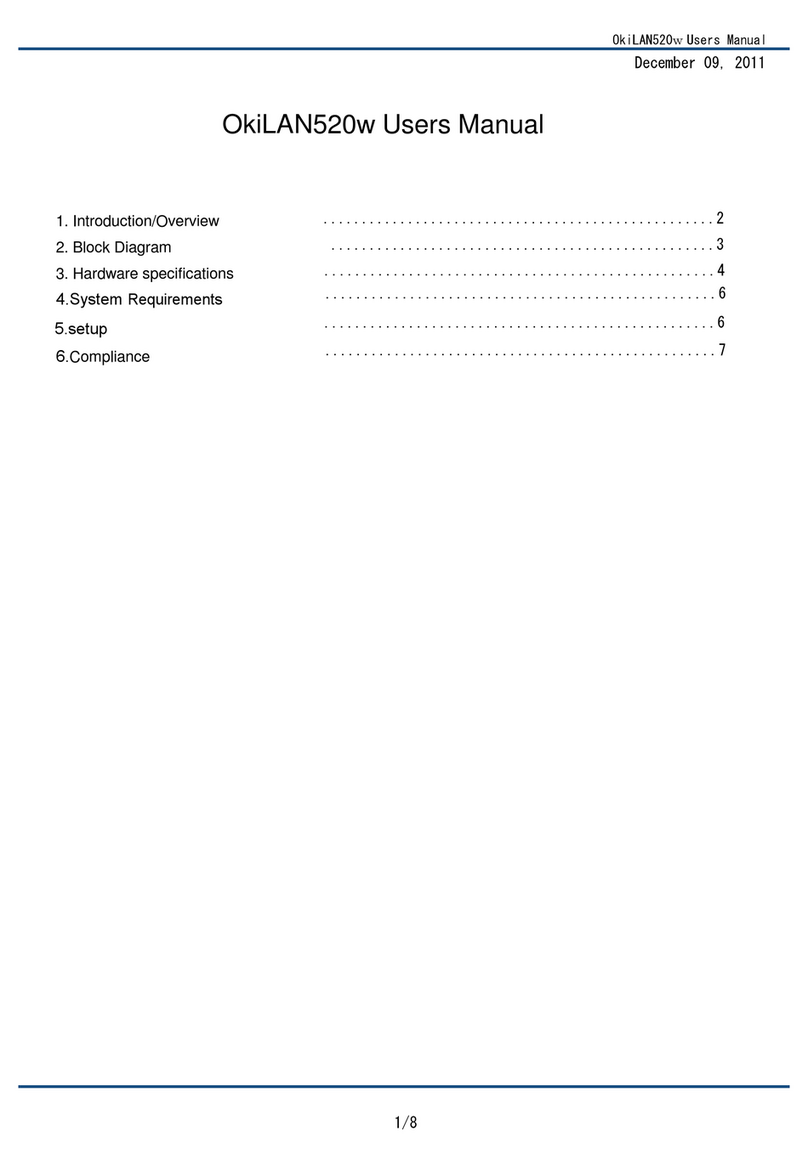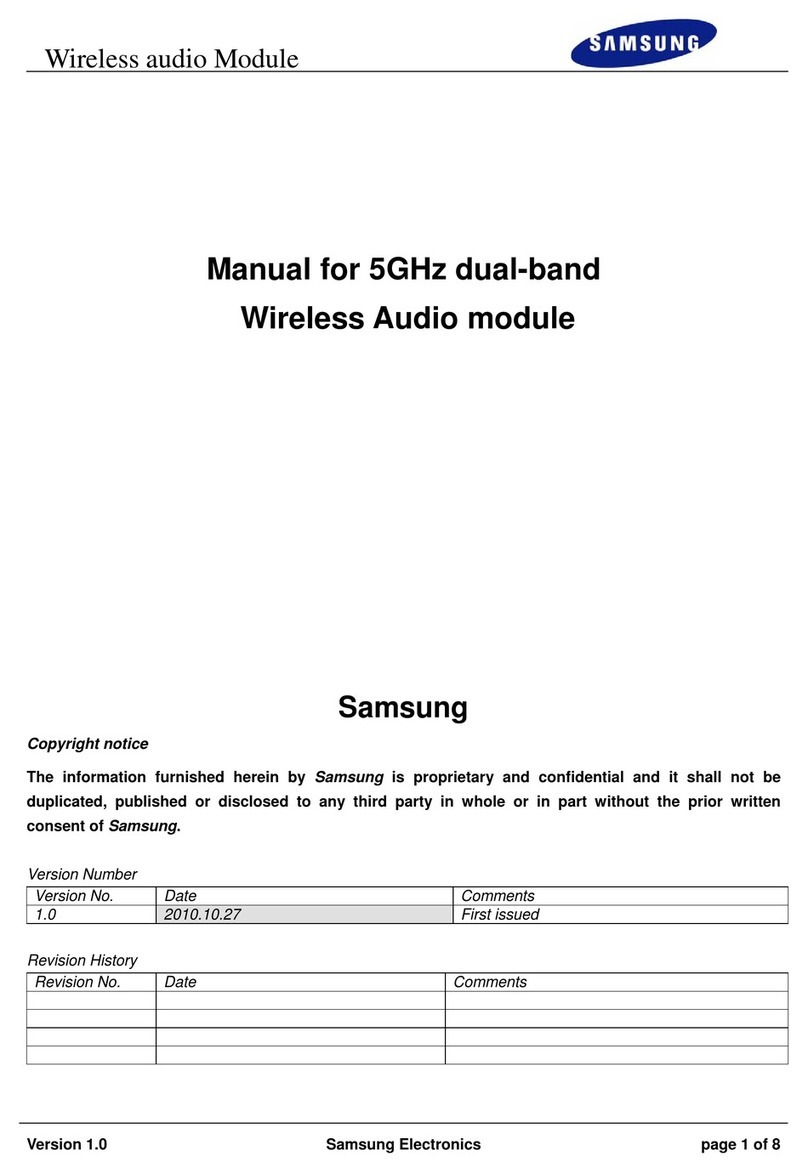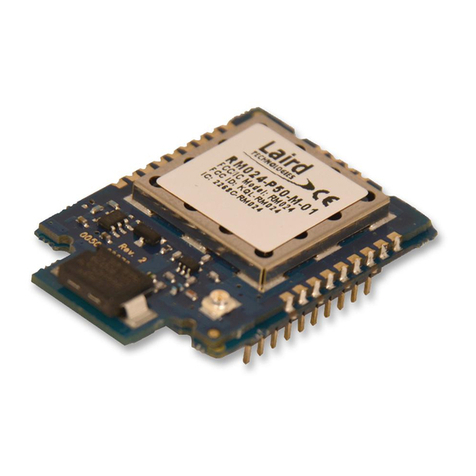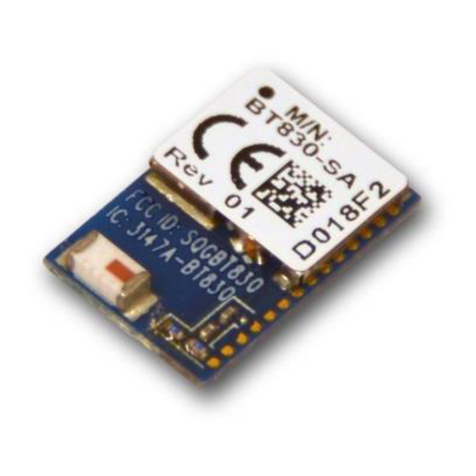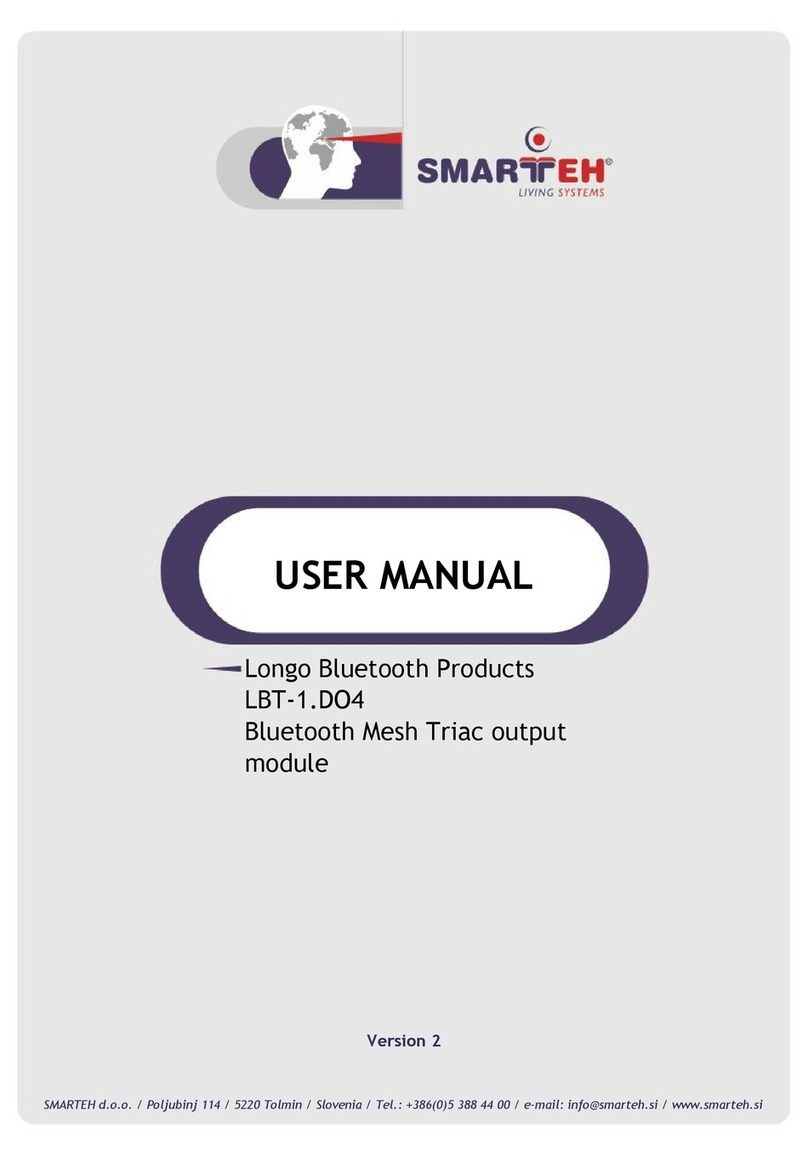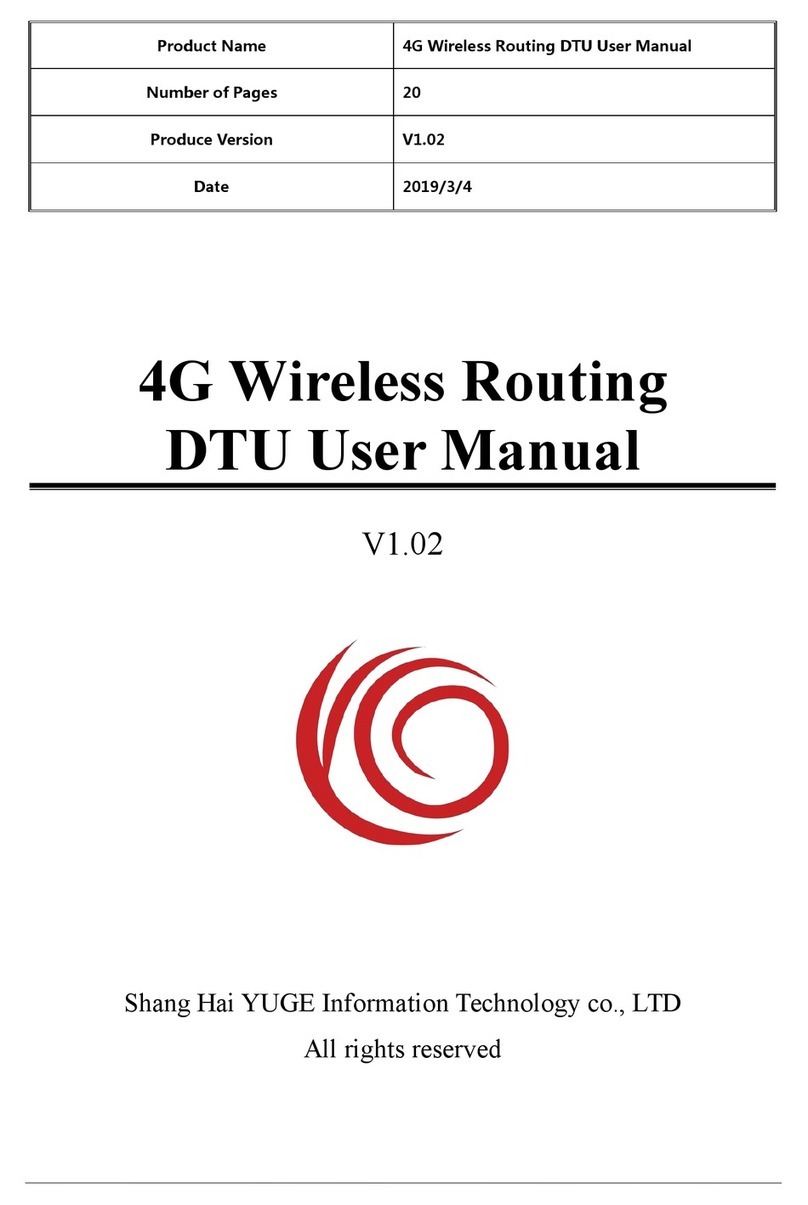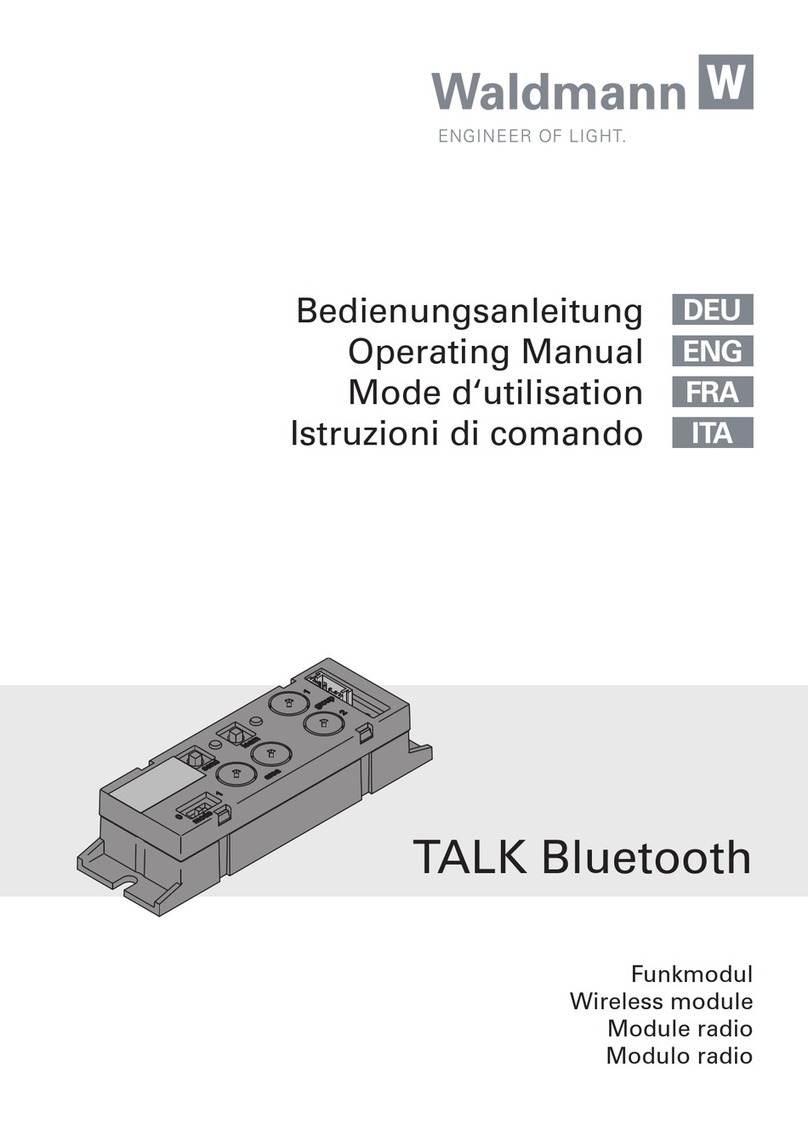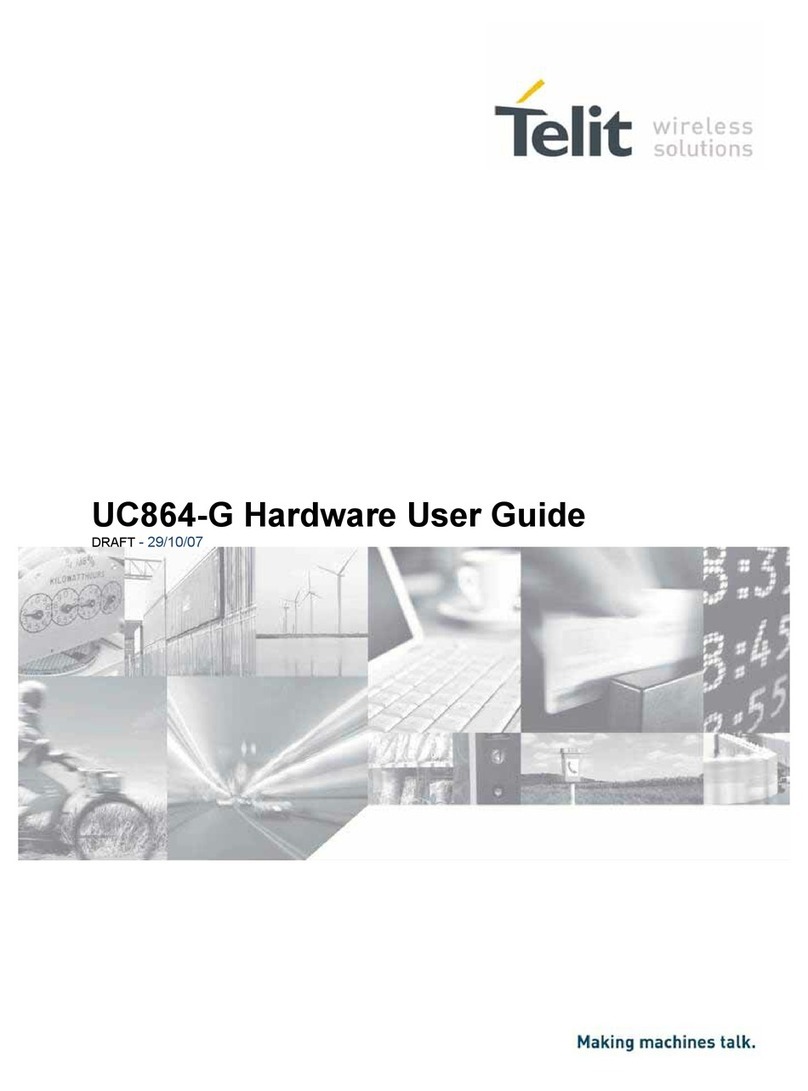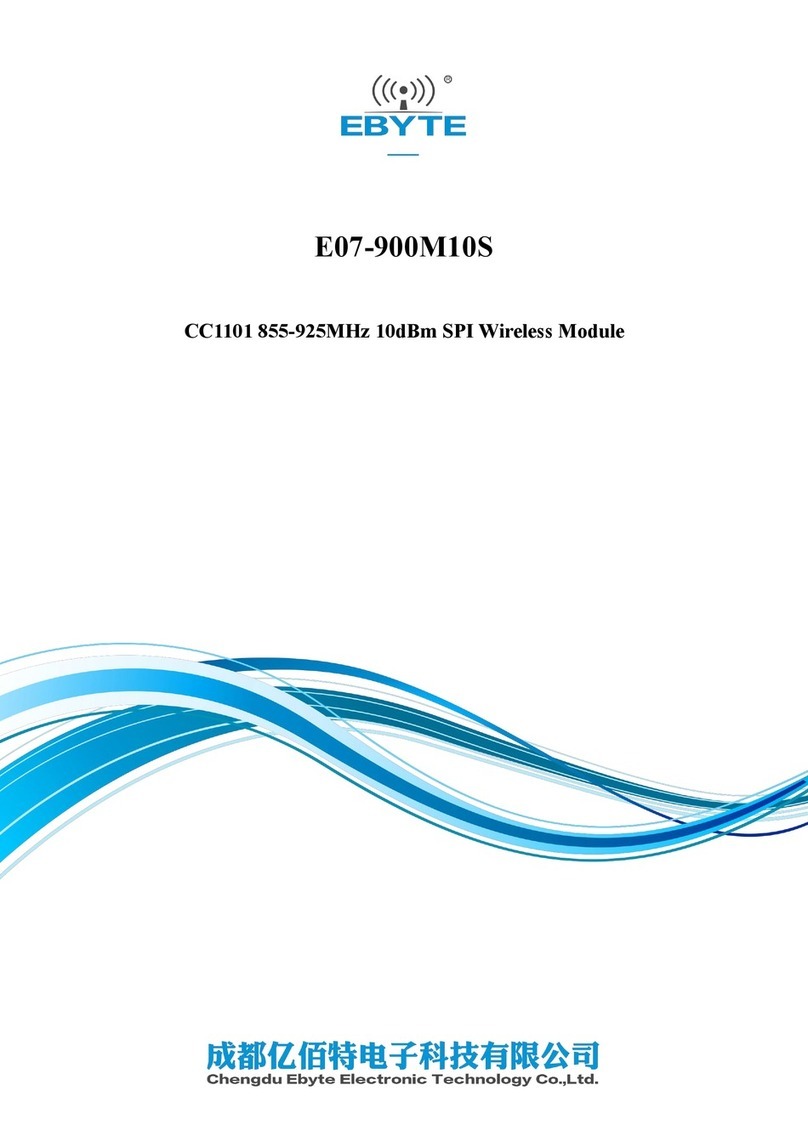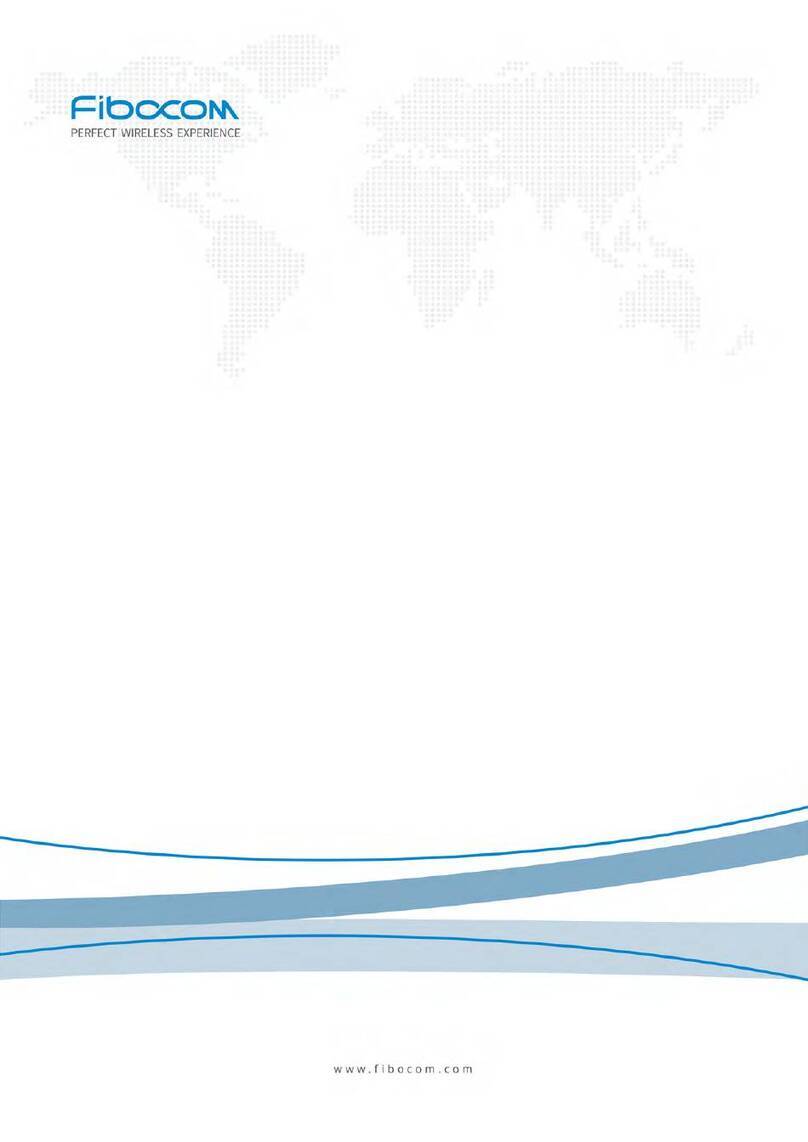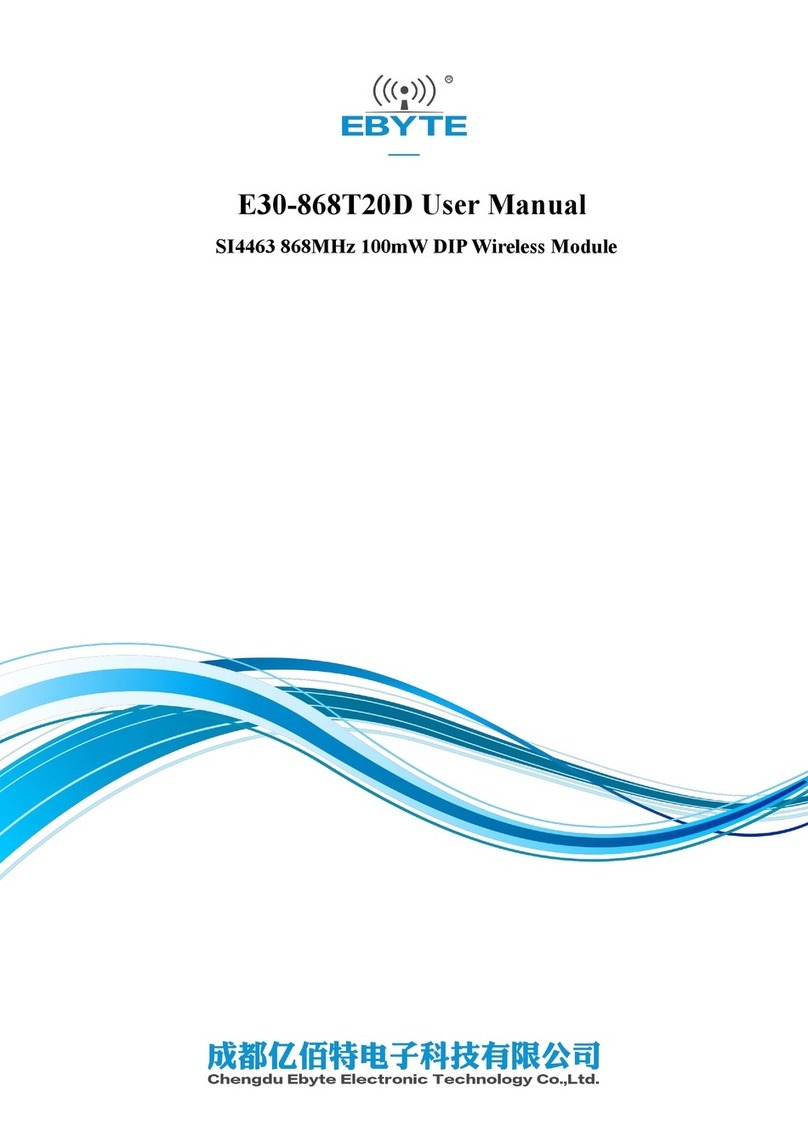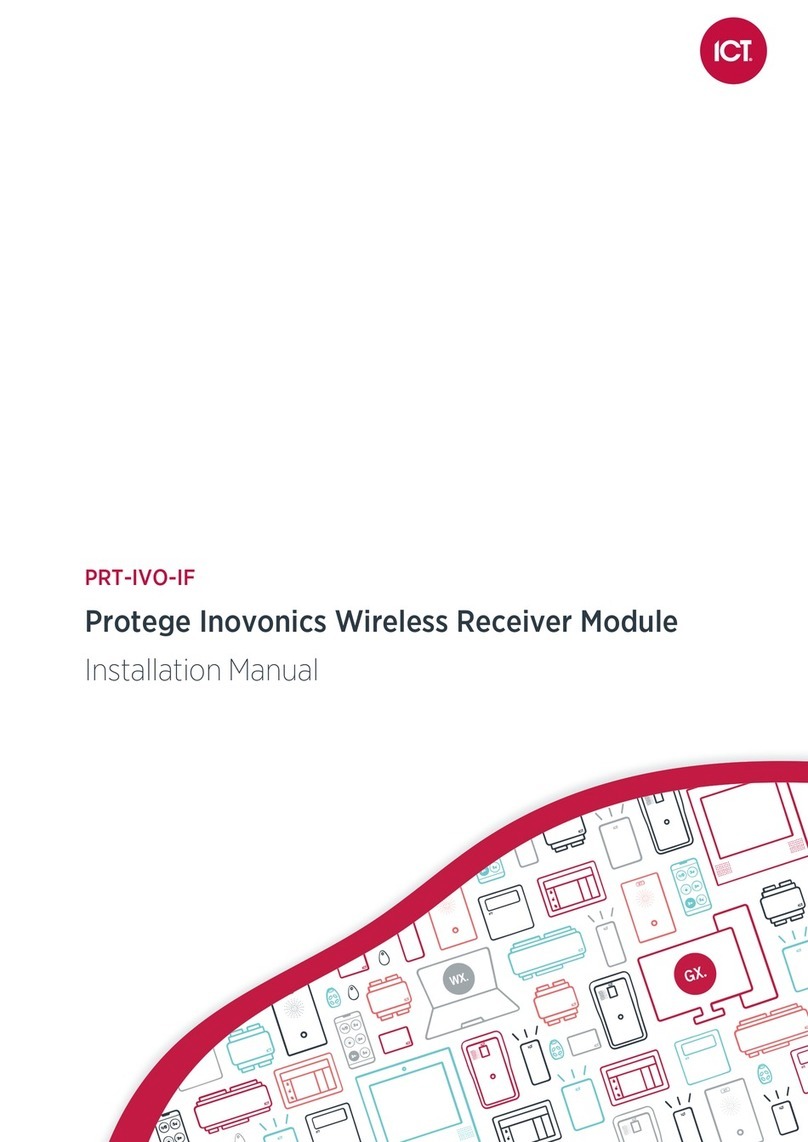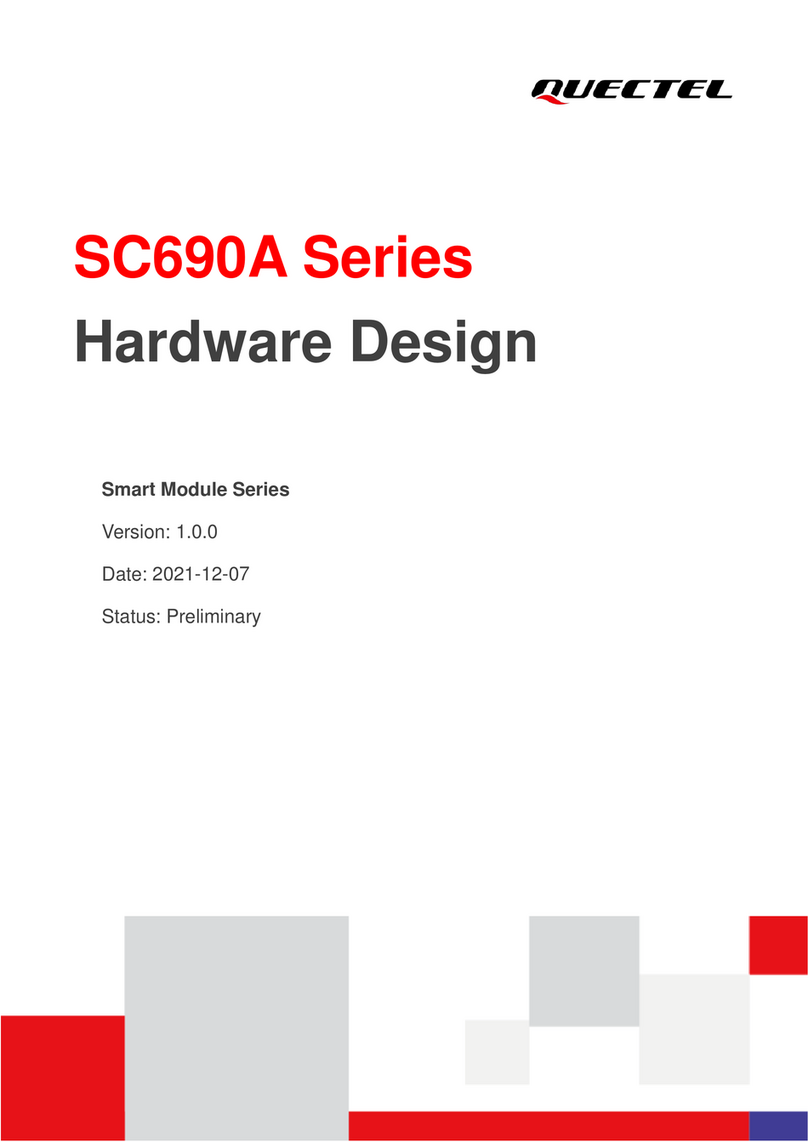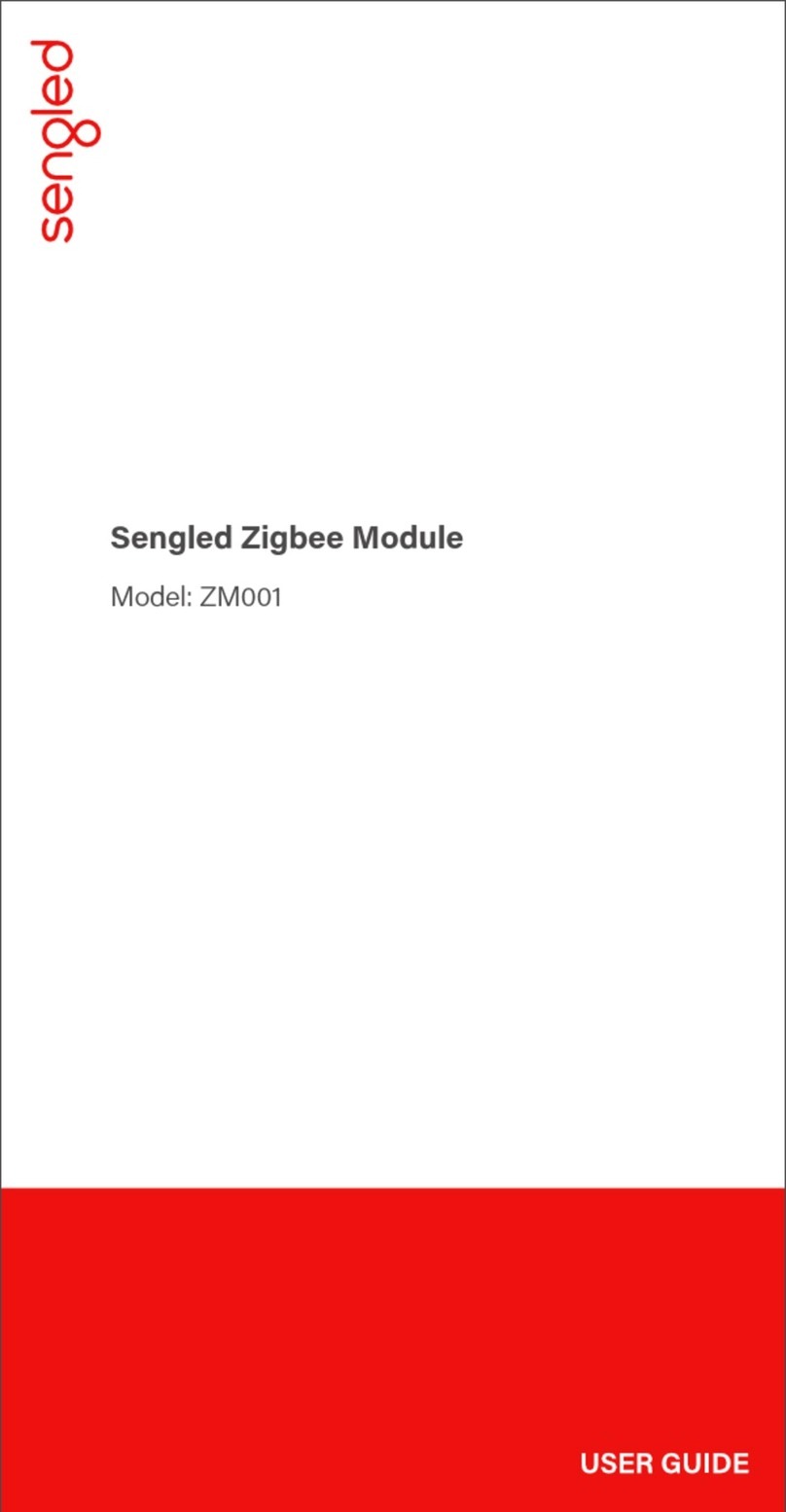RF-BM-ND09A
www.szrfstar.com V1.0 - Nov., 2020
Shenzhen RF-star Technology Co., Ltd. Page 6 of 19
Table of Contents
Nordic BLE Module List ................................................................................................................................................... 1
➢nRF51 Series ....................................................................................................................................................... 1
➢nRF52 Series ....................................................................................................................................................... 2
1 Device Overview............................................................................................................................................................. 4
1.1 Description............................................................................................................................................................ 4
1.2 Key Features.................................................................................................................................................... 4
1.3 Applications.......................................................................................................................................................... 4
1.4 Functional Block Diagram .............................................................................................................................. 5
1.5 Part Number Conventions.............................................................................................................................. 5
Table of Contents................................................................................................................................................................ 6
Table of Figures................................................................................................................................................................... 7
Table of Tables..................................................................................................................................................................... 7
2 Module Configuration and Functions ...................................................................................................................... 8
2.1 Module Parameters........................................................................................................................................... 8
2.2 Module Pin Diagram ......................................................................................................................................... 9
2.3 Pin Functions....................................................................................................................................................... 9
3 Specifications .................................................................................................................................................................11
3.1 Recommended Operating Conditions .....................................................................................................11
3.2 Handling Ratings..............................................................................................................................................11
4 Application, Implementation, and Layout.............................................................................................................12
4.1 Module Photos..................................................................................................................................................12
4.2 Recommended PCB Footprint....................................................................................................................12
4.3 Schematic Diagram.........................................................................................................................................13
4.4 Antenna................................................................................................................................................................13
4.4.1 Antenna Design Recommendation ..............................................................................................13
4.5 Basic Operation of Hardware Design ......................................................................................................14
4.6 Trouble Shooting..............................................................................................................................................15
4.6.1 Unsatisfactory Transmission Distance........................................................................................15
4.6.2 Vulnerable Module..............................................................................................................................15
4.6.3 High Bit Error Rate .............................................................................................................................15
